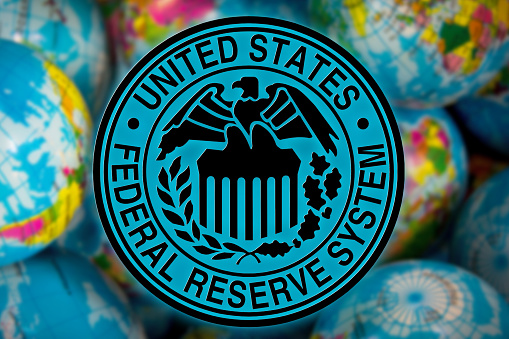UK casually strolling into final days without a deal
There’s less than 10 days to go until the UK is meant to leave the European Union and despite the growing worry around Westminster, within there seems to be a severe lack of urgency. Not only has another vote on May’s deal this week been effectively blocked but the PM is now carefully crafting the extension request letter, which is expected to be sent today.
To be honest, it may have been wishful thinking to expect the UK to have backed the terms agreed with the EU ahead of the European Council meeting on Thursday and Friday and avoid the drama and hysteria that next week will now likely bring. These things are always concluded at a minute to midnight so the reality was always likely to be that this meeting would be the point at which the final terms on offer, including those of an extension, would be presented. It’s then over to the UK next week to either accept or reject them. Is there time for one more twist?
Are there any surprises left for the Fed?
The Federal Reserve gathers for the second day of its two day meeting on Wednesday, after which we’ll get the usual press conference with Chairman Jerome Powell and a fresh batch of economic projections. The question is whether any of this will change the outlook or move the markets in any significant way, I’m not convinced.
There’s been a major shift both in market expectations for a rate hike this year and the guidance from the central bank. With markets now expecting no hike this year and an increasing possibility of a cut as the year progresses and we head into 2020, how much more dovish can the language get? In fact, I think the risk here is that the central bank is actually more hawkish than the market is positioned for, whether investors pay any attention to this is another thing, they have had a tendency in the past to ignore hawkish warnings when the consensus outlook is more dovish.
Gold failing to fully capitalise on USD weakness
The question then becomes, what impact will all of this have on the dollar? It’s been a tough 12 days for the greenback but overall, the forecasts of a tough year for the currency haven’t yet materialised. It’s had periods of weakness but has repeatedly returned back to the highs it reached back in November. With the dollar being bought at higher levels on each decline, there is an argument for another bullish run in the dollar and that bad year never actually materialising.
This obviously wouldn’t help gold much, which has very much benefited as the dollar has stalled. It hasn’t looked quite so healthy recently though despite making small gains on the back of the weaker dollar. Dovish central banks continue to build a bullish case for gold but unless we’re about to embark on a series of rate cuts and QE, how much more can be priced in? In the near-term, at least, gold is looking vulnerable and the marginal gains on the back of more substantial dollar declines only supports this view.
Oil prices continues to amble higher
Nothing much has changed when it comes to oil for a while now. Yes, there’s been murmurings that OPEC+ could extend the cut until the end of the year and US output has stabilised, but as far as prices are concerned, we’re continuing to see very marginal gains that suggest traders are not getting too excited about these developments.
Another inventory drop last week, reported by API on Tuesday – the third in four weeks – has done little to stimulate further buying. EIA is expected to report similar findings today but there’s little reason to believe the response will be any different. It seems we need much more evidence of output cuts working, US output slowing and the global economic risks subsiding before traders are truly going to get on board. Still, more than 35% gains from the lows late last year aren’t a bad start, I guess.


 Signal2forex.com - Best Forex robots and signals
Signal2forex.com - Best Forex robots and signals




